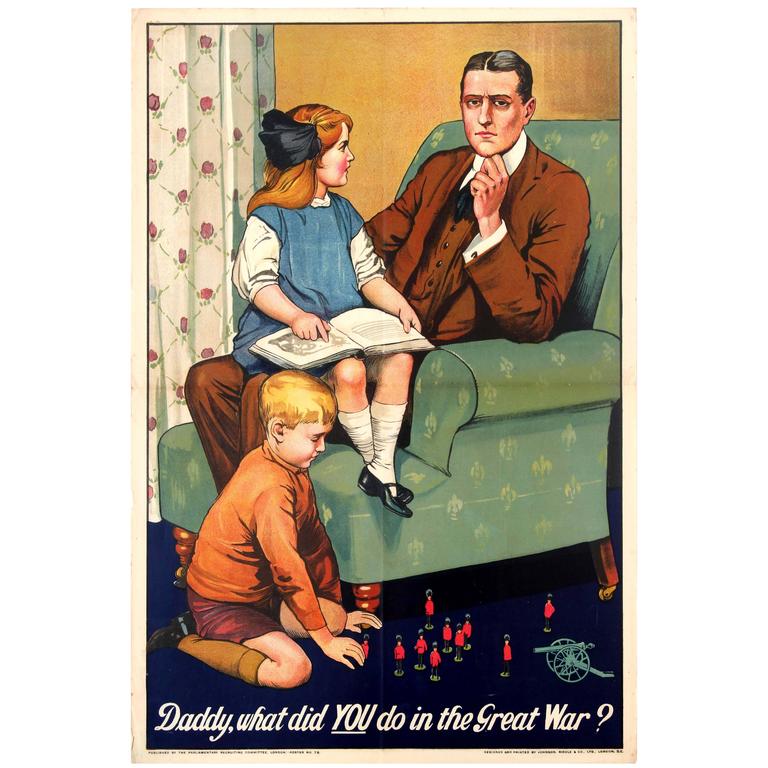After a long hiatus that spanned over two chaotic sessions with different batches of students each and a summer break, we returned to Akshar, having streamlined the motley crowd of class 9-11 students down to students of class 10 only.
I asked the students to pick a concern they would like to start a club on. After much intense internal discussion, a green/ environment club came up as the most popular response.
You start your club with great enthusiasm but see complete disinterest in your cause among your schoolmates. How are you going to draw them into your club, what steps will you take?
The answers were numerous and creative. I pointed out loopholes in the emerging responses, encouraging them to critically evaluate their strategies and improve them. The students came up with a host of advertising ideas.
We can use Instagram, other social media, get known faces to promote our cause; we could write songs carrying our message and put them to catchy tunes, we could do awareness theatre; strict laws about plastic usage and littering must be implemented—the police should uphold them and not be swayed by bribes; direct action in the form of planting more greenery in the school with club logo on the pots, etc.
Following this buzzing discussion, I read out an excerpt on guidelines for effective advertising that earned positive feedback from the students. When I shared that I had replaced the word propaganda with advertising when reading out the excerpt and that the excerpt belonged to Adolf Hitler’s Mein Kampf, there was a brief uncomfortable silence as the implications of that settled in.
Using this excerpt as a corridor to a brief discussion of propaganda in Nazi Germany, I shared a selection of propaganda material with the students: from contemporary ‘news videos’ of Indian politicians to anti-women’s suffrage posters, WWII US recruitment posters depicting Germany as a Caliban-esque figure, posters tapping into psychological insecurities to encourage men’s recruitment to the army, to even a Walt Disney Donald Duck-starring cartoon on the same. We spent the rest of the class taking apart these materials treating them as advertisements—noting editing similarities between the ‘news video’ and typical WWE matches, depiction of ‘us’ and ‘other’ in the posters, to differing portrayals of women—autocratic for putting the demand for the right to vote over fulfilling their ‘societal duties’ of wife and mother; representative of the USA—fair, blonde, fragile and being kidnapped by a ‘monstrous’, obvious non-white representation of Germany, as ‘perks of the job’ in posters for war recruitment, among others.
The 3 p.m. bell stayed ignored until we reluctantly ended for the day. One of the students rushed to ask me if he could try his hand at re-editing the ‘news video’, while a few others promised to look up more propaganda cartoons.
-Ranita

